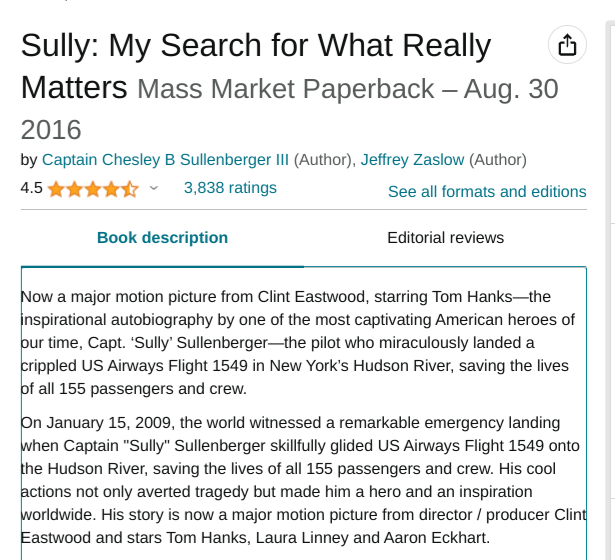In January 2009, the world witnessed an aviation miracle as US Airways Flight 1549 made a successful emergency landing in the Hudson River, saving all 155 lives on board. This extraordinary event, famously known as "The Miracle on the Hudson," not only showcased the skill of Captain C.B. "Sully" Sullenberger but also left an indelible mark on the lives of the passengers. In this reflective piece, we delve into the experiences of those on board, exploring the profound impact this miraculous incident had on their lives, both in the immediate aftermath and over the 15 years that followed.
The Terrifying Descent
The Fateful Moment
As the aircraft took off from New York's LaGuardia Airport, it collided with a flock of Canada geese, resulting in the loss of both engines. The cockpit filled with urgency as Captain Sullenberger quickly assessed the situation and made the heart-stopping announcement, "This is the captain. Brace for impact." The passengers, unaware of the imminent miracle, braced themselves for what they believed could be their last moments.
A Masterful Landing
In the 208 seconds from impact, Captain Sullenberger and First Officer Jeff Skiles orchestrated a skillful maneuver, landing the plane on the Hudson River – an act hailed as the most successful ditching in aviation history. The physical jolt, the cracking sternum, and the shaking plane marked the beginning of a harrowing ordeal that would transition into a tale of survival and resilience.
The mayor called it a 'miracle on the Hudson''.
This epic moment of heroism was also turned into a major motion picture called 'Sully' named after the pilot who saved all 155 lives.
To understand how huge of a story it was, two Hollywood legends participated in its production. Clint Eastwood as direcor and Tom Hanks being the star.
The movie was based on the book written by pilot Sully which became a phenomenal best seller with over 3800 reviews on Amazon averaging 4.5 stars.
Life After the Miracle
Embracing Change
For some, like Clay Presley, the incident triggered extreme claustrophobia, a lasting impact that shaped his life. However, Presley channeled his fear into courage, ultimately becoming a pilot. His story exemplifies the transformative power of overcoming trauma and finding strength in vulnerability.
Uncharted Paths
Psychologists suggest that people respond differently to traumatic experiences. While some, like Pam Seagle, found inspiration to reevaluate and reshape their lives positively, others, like Vallie Collins, grappled with unforeseen emotional challenges. Seagle's decision to prioritize family and empowerment reflects the resilience that can emerge from adversity.
The Ripple Effect
The Miracle on the Hudson not only affected those directly involved but also captured the collective imagination during a challenging period in American history. In the midst of economic instability and uncertainty, the story became a beacon of hope and resilience, resonating with people worldwide.
A Feel-Good Story in Turbulent Times
Heroism in the Headlines
As the media frenzy surrounding Captain Sullenberger unfolded, the story became a symbol of hope amid economic downturns and personal struggles. Governor David Paterson aptly described it as a "miracle on the Hudson," emphasizing the need for positive narratives during trying times.
Acts of Compassion
The outpouring of support from around the globe highlighted the impact of a feel-good story. Messages of gratitude and stories of personal renewal flooded in, reaffirming the importance of everyday acts of courage and compassion.
A Lasting Lesson
Captain Sullenberger reflects on the uncelebrated heroes in our midst, individuals whose acts of courage often go unnoticed. The Miracle on the Hudson serves as a timeless reminder of the potential within each of us to make a positive impact, even in the face of adversity.
Fifteen years after the Miracle on the Hudson, the echoes of that fateful day continue to resonate each with varied paths individuals took in the aftermath.
Here are some valuable lessons for surviving potential disasters and achieving post-traumatic growth.














